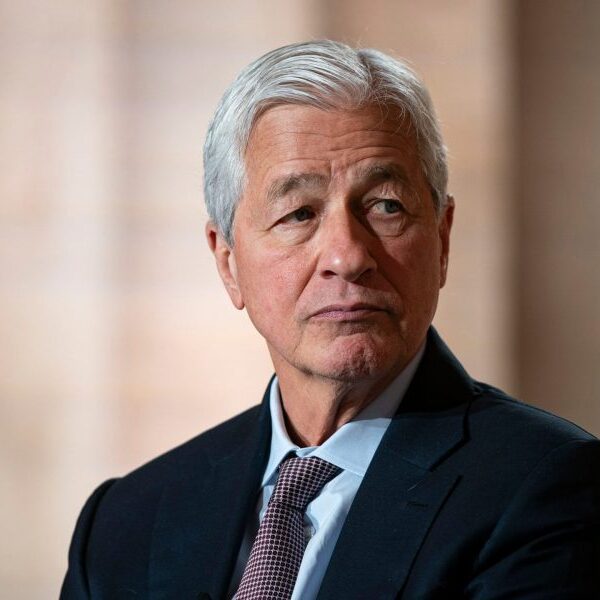Stocks surged around the world after U.S. and Chinese officials said they agreed to temporarily suspend most of the tariffs they have imposed on each other.
Futures for the S&P 500 suggested that U.S. stocks would open nearly 3 percent higher when trading begins in New York on Monday morning. Futures for the tech-heavy Nasdaq climbed nearly 4 percent.
Hong Kong’s benchmark Hang Seng Index jumped about 3 percent, while the Stoxx Europe 600 index rose about 1 percent during early trading.
In a joint statement, released on Monday after weekend talks in Geneva, the United States and China said they had reached an agreement to reduce their respective tariffs for 90 days while trade negotiations continue.
The United States would reduce the tariff on Chinese imports to 30 percent from its current 145 percent, while China would lower its import duty on American goods to 10 percent from 125 percent.
After the statement’s release, the U.S. dollar strengthened against a wide range of currencies. U.S. Treasury yields also rose.
Over the weekend, Washington and Beijing held their first meetings since ratcheting up tit-for-tat trade barriers on each other, effectively blocking much of the trade between the countries.
Before discussions began, investors had relatively low expectations for a breakthrough at the talks that would result in a meaningful reduction in tariffs. After the trade conversations concluded, however, officials from both sides touted significant progress.
That was enough to edge stocks higher in Japan, South Korea and mainland China during the Asia trading day. Details of the U.S.-China tariff agreement were announced late in the afternoon in Asia, after most stock exchanges had stopped trading.
The stocks most exposed to global trade flows surged on the news. For example, A.P. Moeller-Maersk and Hapag-Lloyd, two of the world’s largest shipping companies, jumped more than 10 percent.
Economists have warned that U.S.-China trade tensions significantly increased the possibility of an economic downturn.
The World Trade Organization has forecast that the continuing division of the global economy into “rival blocs” could cut global gross domestic product by nearly 7 percent over the long run.
In April, the International Monetary Fund lowered its 2025 outlook for all Group of 7 nations, including Germany and Japan, the world’s third- and fourth-largest economies, due largely to U.S. tariffs.
Last week, China reported that its exports to the United States in April dropped 21 percent from a year earlier. Recession warnings are beginning to emerge in the United States.















